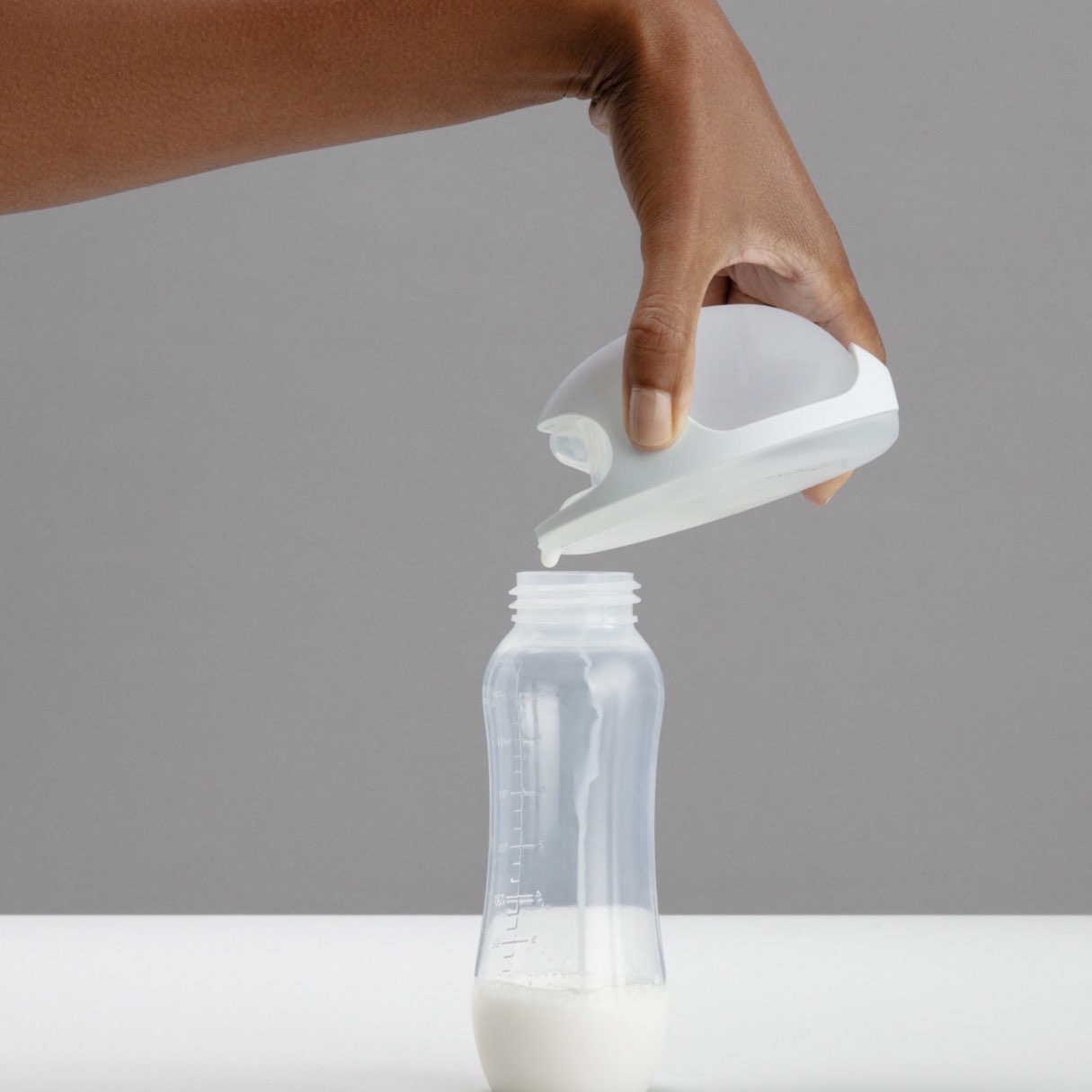

Articles
How To Store Milk From Elvie Pump
Modified: January 6, 2024
Learn how to properly store milk pumped using the Elvie Pump with these helpful articles. Find tips and guidelines for maintaining the quality and freshness of your breastmilk.
(Many of the links in this article redirect to a specific reviewed product. Your purchase of these products through affiliate links helps to generate commission for Storables.com, at no extra cost. Learn more)
Introduction
Storing breast milk is a crucial aspect of breastfeeding for many new moms. Whether you’re heading back to work, traveling, or simply building up a stash for emergencies, having a proper milk storage plan is essential. If you’re using the Elvie Pump, a wearable and portable breast pump, you may be wondering how to store the milk it collects.
In this article, we will guide you through the process of storing milk from the Elvie Pump effectively. We’ll cover everything from preparing for milk storage to choosing the right storage containers, labeling and dating the milk, storing it in the refrigerator, freezing it for long-term storage, and more. By the end of this article, you’ll be equipped with the knowledge and confidence to store your precious breast milk without any hassle.
So, why is it important to store milk from the Elvie Pump properly? Firstly, breast milk is a valuable source of nutrition for your baby. It provides essential nutrients, immune-boosting properties, and antibodies that help protect your little one from illnesses. By storing your milk properly, you ensure that these benefits are preserved, maintaining the quality and safety of the milk for your baby’s consumption.
Secondly, storing breast milk allows you to have a supply on hand for times when you can’t be with your baby. Working moms can store milk to provide nourishment for their little ones during the workday, while other moms may need to store milk when they’re away for a few hours or traveling. By being prepared and having stored milk available, you can continue to provide your baby with the best nutrition even when you’re not physically present.
Now that we understand the importance of storing milk from the Elvie Pump correctly, let’s dive into the essential steps for effective milk storage.
Key Takeaways:
- Properly storing breast milk from the Elvie Pump ensures that your baby receives the full nutritional benefits of breastfeeding, even when you’re not able to nurse directly. Following guidelines for hygiene, storage containers, and labeling is essential for maintaining the quality and safety of the milk.
- Freezing breast milk from the Elvie Pump allows for long-term storage, extending the shelf life of the milk while preserving its freshness and nutritional value. Thawing and using frozen milk requires careful handling to maintain its quality and ensure your baby receives the best nourishment.
Read more: How To Store Milk From Haakaa
Why Store Milk from Elvie Pump
The Elvie Pump is a popular choice for breastfeeding moms due to its convenience and portability. It allows you to express breast milk discreetly and hands-free, making it easier to fit pumping sessions into your busy schedule. So, why is it important to store milk specifically from the Elvie Pump?
One of the main reasons is to maximize the benefits of breastfeeding for both you and your baby. Breast milk is packed with essential nutrients, antibodies, and enzymes that contribute to your baby’s growth and development. When you store milk from the Elvie Pump, you preserve these nutrients and ensure that your baby receives the same benefits as if they were directly nursing from you.
Storing milk from the Elvie Pump also allows you to maintain a consistent breastfeeding routine. Whether you’re heading back to work, attending an event, or simply need a break, having stored milk gives you the flexibility to meet your baby’s feeding needs even when you’re not available. It ensures that your little one continues to receive the essential nutrients, which promotes their overall health and well-being.
Another benefit of storing milk from the Elvie Pump is the ability to provide breast milk to your baby when you’re not physically present. This is particularly important for working moms who may spend long hours away from their infants. By maintaining a supply of stored milk, you can continue to bond with your baby and provide the unique benefits of breast milk, even when you’re not able to breastfeed directly.
Furthermore, storing milk from the Elvie Pump can help alleviate concerns about milk supply. Some moms may experience fluctuations in milk production, and having a stash of stored milk ensures that there is always a backup available. Moreover, by pumping and storing regularly, you can stimulate your milk supply and build up a surplus, which can be especially helpful during growth spurts or times when your baby requires more milk.
In summary, storing milk from the Elvie Pump is important to preserve the nutritional benefits of breast milk, maintain a consistent breastfeeding routine, and provide milk to your baby when you’re not physically present. It offers flexibility, convenience, and peace of mind, ensuring that your baby receives the best nourishment even when direct breastfeeding is not possible.
Preparing for Milk Storage
Before you start storing milk from the Elvie Pump, it’s essential to prepare properly. Here are some steps to ensure that your milk storage process goes smoothly:
- Wash your hands: Always wash your hands thoroughly with soap and water before handling breast milk. This helps prevent any unwanted bacteria from contaminating the milk.
- Clean the pump parts: After each use, clean the Elvie Pump parts according to the manufacturer’s instructions. Properly cleaning the pump parts helps maintain the integrity of the milk and ensures that it remains safe for your baby.
- Use clean storage containers: Make sure the containers you plan to use for milk storage are clean and sterilized. You can sterilize the containers by boiling them in water for 5 minutes or using a sterilizer specifically designed for bottles and breast milk storage.
- Choose the right storage containers: Opt for breast milk storage bags or BPA-free plastic or glass containers that are specifically designed for storing breast milk. These containers are safe for freezing, easy to label, and ensure minimal loss of nutrients.
- Have a dedicated storage area: Create a designated area in your refrigerator or freezer for storing breast milk. This helps keep the milk organized and prevents any contamination or mixing with other foods.
In addition to these steps, it’s crucial to familiarize yourself with the guidelines for milk storage provided by reputable sources such as the Centers for Disease Control and Prevention (CDC) or World Health Organization (WHO). These guidelines outline the recommended temperature and duration for storing breast milk, ensuring that the milk remains safe and maintains its quality for your little one.
By taking these preparatory steps, you can ensure that your milk storage process is hygienic, safe, and efficient. Proper preparation sets the foundation for maintaining the quality and integrity of the breast milk from the Elvie Pump, ensuring that it remains beneficial for your baby’s nourishment.
Choosing the Right Storage Containers
Choosing the right storage containers for your breast milk is essential to ensure its quality and safety. Here are some factors to consider when selecting the appropriate containers:
- Breast Milk Storage Bags: Breast milk storage bags are a popular and convenient choice for storing milk from the Elvie Pump. These bags are specifically designed for storing breast milk, with pre-sterilized materials and leak-proof seals. They are space-saving, easy to label with date and volume, and can be stored flat in the freezer. When using breast milk storage bags, ensure that they are made from BPA-free and food-grade material.
- BPA-Free Plastic Bottles: If you prefer to use bottles for milk storage, make sure they are made from BPA-free plastic. Look for bottles specifically designed for storing breast milk, with secure lids and sealing discs. These bottles can be reusable and are great for short-term storage in the refrigerator.
- Glass Containers: Glass containers are an excellent option for long-term storage of breast milk. They are durable, non-toxic, and do not leach any harmful chemicals into the milk. Glass containers are also easy to clean and sanitize, making them a safe and eco-friendly choice for storing breast milk.
When selecting storage containers, keep in mind the volume of milk you plan to store. Choose containers that can hold an appropriate amount of milk without overfilling or leaving too much empty space. This helps prevent milk wastage and allows for proper expansion during freezing.
Regardless of the type of containers you choose, ensure that they are specifically designed for storing breast milk. Avoid using regular plastic bags or containers that may not be safe for food storage and can leach chemicals into the milk. Also, make sure to follow the manufacturer’s instructions for each type of container to ensure proper usage and maximize milk preservation.
Remember to label each container with the date and time of expression. This helps you use the oldest milk first and ensures that the milk’s freshness and quality are maintained. Using containers that allow for easy labeling, such as those with write-on surfaces or dedicated space for labels, can simplify the organization of your milk storage system.
By choosing the right storage containers, you can maintain the quality, integrity, and safety of your breast milk from the Elvie Pump. Whether you opt for breast milk storage bags, BPA-free plastic bottles, or glass containers, selecting appropriate and purpose-built containers is a crucial step in the milk storage process.
Labeling and Dating the Milk
Labeling and dating your stored breast milk is essential for organization and ensuring that you use the oldest milk first. Properly labeled milk also helps you keep track of its freshness and quality. Here are some guidelines for labeling and dating your milk:
- Use waterproof labels: Choose labels that are waterproof and specifically designed for use with breast milk storage. These labels will not smudge or wash off when exposed to moisture, ensuring that the information remains readable throughout the storage period.
- Include the date of expression: Write down the date that the milk was expressed on each container. This helps you identify the oldest milk and ensures that you rotate your supply, using the oldest milk first.
- Add the time of expression (optional): If you want to be even more precise, you can include the time of day that the milk was expressed. This is particularly helpful when planning feeding schedules.
- Note the amount of milk: Write down the volume of milk in each container. This allows you to easily identify how much milk you have available and plan accordingly for each feeding.
- Use a permanent marker or pen: Make sure to use a permanent marker or pen that doesn’t easily fade or wash off. Avoid using regular pens or markers that may smear or dissolve when they come into contact with the milk.
When labeling, write the information clearly and legibly on each container. Place the label in a visible area, making it easy to identify and read. Avoid covering important details, such as the volume or date, with tape or other materials that may obstruct the label or make it difficult to read.
It’s important to note that breast milk can vary in color and consistency. This is perfectly normal and does not indicate spoilage. However, if you notice any off smells, unusual colors, or signs of contamination, discard the milk immediately, irrespective of the date on the label.
By labeling and dating your breast milk, you ensure that you’re using the oldest milk first and maintaining the freshness and quality of your stored supply. It helps you stay organized and gives you peace of mind that your baby is receiving the best and safest milk possible.
Read more: How To Store Milk
Storing Milk in the Refrigerator
The refrigerator is a convenient and safe place to store breast milk for short-term use. Proper storage in the refrigerator helps maintain the freshness and quality of the milk. Here are some guidelines for storing milk in the refrigerator:
- Cool the milk before storing: Allow the freshly expressed milk from the Elvie Pump to cool down before placing it in the refrigerator. You can let it sit at room temperature for 30 minutes or immerse the container in a bowl of cold water to speed up the cooling process.
- Use clean storage containers: Transfer the cooled milk into clean and sterilized storage containers. This ensures that the milk remains uncontaminated and safe for your baby. Remember to leave some space at the top of the container to allow for expansion when the milk freezes.
- Store in the back of the refrigerator: Place the containers of breast milk towards the back of the refrigerator, where the temperature is the coldest and most consistent. This helps maintain the quality and freshness of the milk.
- Keep milk away from the refrigerator door: Avoid storing breast milk in the door compartments of the refrigerator, as the temperature fluctuations from frequent opening and closing can affect the milk’s quality.
- Use within 4-5 days: Breast milk stored in the refrigerator should be used within 4-5 days to ensure its freshness and safety. Be sure to check the expiration dates on the containers and prioritize using the oldest milk first.
- Avoid storing milk in the door: Some refrigerators have door compartments with adjustable temperature settings, but these areas are not ideal for storing breast milk. The temperature in the door compartments tends to be less stable and can result in temperature fluctuations that may impact the quality of the milk.
It’s important to note that breast milk can separate when stored, with the fat content rising to the top. This is normal and does not indicate spoilage. Gently swirl or stir the milk to remix the different layers before feeding it to your baby.
If you need to transport the milk outside of the home, such as when going to daycare or on a trip, use a cooler bag with ice packs to keep the milk cold. Avoid leaving the milk unrefrigerated for an extended period, as it can lead to bacterial growth and spoilage.
By following these guidelines, you can store breast milk from the Elvie Pump in the refrigerator safely and maintain its quality for your baby’s consumption.
Freezing Milk for Long-Term Storage
Freezing breast milk from the Elvie Pump is an excellent option for long-term storage. Freezing helps preserve the milk’s freshness, nutritional value, and extends its shelf life. Here are some guidelines for freezing breast milk:
- Cool the milk before freezing: Like storing in the refrigerator, it’s important to cool the freshly expressed milk before freezing it. Allow the milk to cool in the refrigerator for a few hours or use a quick-cooling method such as placing the container in a bowl of ice water.
- Use proper storage containers: Choose breast milk storage bags or BPA-free plastic or glass containers that are specifically designed for freezing breast milk. Make sure the containers are clean, sterilized, and have a secure lid to prevent any potential leaks or contamination.
- Label each container: Before pouring the milk into the storage containers, label each container with the date of expression. This allows you to use the oldest milk first and ensures proper rotation of your frozen milk supply.
- Pour milk into containers: Pour the cooled breast milk into the storage containers, leaving about an inch of space at the top to allow for expansion during freezing. Be careful not to overfill the containers to prevent any spills or leaks.
- Seal the containers: Ensure that the storage containers are securely sealed to maintain the quality and prevent any contamination. If using breast milk storage bags, remove any excess air and seal them tightly.
- Store in the back of the freezer: Place the containers of breast milk in the back of the freezer, where the temperature is the coldest and most consistent. Avoid placing them near the freezer door, as this area may experience temperature fluctuations due to frequent opening and closing.
- Use within 6-12 months: Breast milk stored in the freezer is safe to consume for up to 6-12 months, depending on the storage guidelines provided by reputable sources such as the CDC or WHO. However, it’s best to use the milk within 6 months to ensure its optimal quality and nutritional value.
When it’s time to thaw and use the frozen breast milk, take out the desired amount from the freezer and thaw it in the refrigerator overnight or by placing the container in a bowl of warm water. Avoid thawing breast milk at room temperature or using a microwave, as these methods can cause uneven heating and destroy some of the milk’s beneficial properties.
Always check the temperature of the thawed milk before feeding it to your baby. Swirl or gently shake the container to remix any separated layers before pouring the milk into a bottle for feeding.
By following these guidelines, you can freeze breast milk from the Elvie Pump safely and effectively, allowing you to build up a supply of stored milk for when it’s needed.
Thawing and Using Frozen Milk
Thawing and using frozen breast milk from the Elvie Pump requires proper handling to maintain its quality and safety. Here are some guidelines for thawing and using frozen milk:
- Thaw in the refrigerator: The best and safest way to thaw frozen breast milk is to thaw it in the refrigerator. Place the frozen container of milk in the refrigerator overnight or for approximately 12 hours until it completely thaws. Thawing in the refrigerator preserves the milk’s nutrients and minimizes the risk of bacterial growth.
- Avoid thawing at room temperature: While it may be tempting to thaw breast milk quickly by leaving it at room temperature, it is not recommended. Thawing at room temperature can lead to uneven heating and may increase the risk of bacterial contamination.
- Use warm water immersion: If you need to thaw breast milk more quickly, you can use warm water immersion. Place the frozen container of milk in a bowl of warm water and let it sit for about 15-20 minutes. Keep in mind that you should not use hot water, as it can destroy some of the beneficial properties of the milk.
- Do not use the microwave: It is important to avoid thawing breast milk in the microwave. Microwaving can heat the milk unevenly, creating hot spots that can scald your baby’s mouth. Additionally, microwaving can cause a loss of valuable nutrients present in the breast milk.
- Gently swirl or shake: Once the frozen breast milk is fully thawed, gently swirl or shake the container to remix any separated layers. Breast milk naturally separates when frozen, with the fat rising to the top. Mixing the milk ensures an even consistency throughout.
- Check the temperature: Before feeding the thawed breast milk to your baby, check the temperature by placing a few drops on the inside of your wrist. The milk should feel lukewarm, neither too hot nor too cold. If the milk feels too cold, you can gently warm it by placing the container in a bowl of warm water for a few minutes.
- Use the milk within 24 hours: Once breast milk is thawed, it is important to use it within 24 hours. Avoid refreezing thawed milk, as it can lead to a loss of nutrients and increase the risk of bacterial contamination.
When using thawed breast milk, pour the desired amount into a clean feeding bottle and warm it gently if needed. Avoid boiling or overheating the milk, as excessive heat can destroy some of the beneficial properties. Always discard any leftover milk that your baby doesn’t finish after a feeding.
Remember, the taste and smell of thawed breast milk may vary slightly from freshly pumped milk. This is normal and doesn’t indicate spoilage. Your baby may need some time to adjust to the taste, but most infants will gladly accept thawed breast milk.
By following these guidelines, you can thaw and use frozen breast milk from the Elvie Pump safely, ensuring that your baby receives the valuable nutrients and benefits of breast milk even when direct nursing is not possible.
Tips for Maintaining Milk Quality
Properly maintaining the quality of breast milk from the Elvie Pump is essential to ensure that your baby receives the best nutrition. Here are some tips and guidelines to help you maintain the freshness and integrity of your breast milk:
- Practice good hygiene: Always wash your hands thoroughly with soap and water before expressing, handling, or storing breast milk. Keeping a clean environment helps prevent the introduction of bacteria and contaminants into the milk.
- Handle milk containers with care: Avoid shaking or vigorously stirring breast milk, as this can break down some of the beneficial components. Instead, gently swirl the container to mix any separated layers.
- Use clean storage containers: Ensure that the storage containers, whether breast milk storage bags or bottles, are clean and sterilized before each use. This helps prevent bacterial contamination and maintains the quality of the milk.
- Store milk promptly: After expressing breast milk with the Elvie Pump, store it in the refrigerator or freezer as soon as possible. Delaying storage can lead to a loss of nutrients and an increased risk of bacterial growth.
- Avoid overfilling containers: Leave space at the top of storage containers to allow for expansion when freezing breast milk. Overfilling can cause containers to burst or leak, wasting precious milk.
- Limit milk contact with air: Air exposure can cause the breakdown of some of the beneficial components of breast milk. Minimize exposure by using containers with airtight seals and filling them to the recommended level.
- Practice proper storage temperatures: Store freshly expressed milk in the refrigerator at a temperature of 32-39°F (0-4°C). Frozen breast milk should be stored in a freezer at a temperature of 0°F (-18°C) or lower.
- Follow storage time guidelines: Breast milk stored in the refrigerator should be used within 4-5 days. Frozen breast milk can be safely consumed within 6-12 months, although using it within 6 months is recommended for optimal quality.
- Thaw and warm milk properly: Thaw frozen breast milk in the refrigerator or using warm water immersion. Avoid using the microwave for thawing, as it can create hot spots that may scald your baby. Gently warm thawed milk by placing the container in a bowl of warm water.
- Discard unused milk: If your baby does not finish a bottle of breast milk, discard any remaining milk after the feeding. Reusing partially consumed milk can introduce bacteria and increase the risk of contamination.
By following these tips, you can maintain the quality, safety, and nutritional value of breast milk from the Elvie Pump. Providing your baby with fresh, high-quality breast milk contributes to their overall health, growth, and development. Remember to trust your instincts and consult with a healthcare professional if you have any concerns or questions about storing and maintaining breast milk.
Read more: How To Froth Milk With Immersion Blender
Frequently Asked Questions (FAQs)
1. Can I mix freshly pumped milk with chilled or frozen milk?
Yes, you can mix freshly pumped milk with chilled or frozen milk. It is safe to combine breast milk of the same temperature. Make sure to cool the freshly pumped milk in the refrigerator before mixing it with chilled or frozen milk to maintain the quality and safety of the milk.
2. Can I store breast milk in the Elvie Pump parts?
No, it is not recommended to store breast milk directly in the Elvie Pump parts. These parts are not designed for milk storage and may compromise the quality and safety of the milk. Transfer the expressed milk into clean and sterilized storage containers specifically designed for breast milk storage.
3. Can I add freshly pumped milk to already refrigerated milk?
Yes, you can add freshly pumped milk to already refrigerated milk. Make sure to cool the freshly pumped milk in the refrigerator before combining it with refrigerated milk. Ensure that both milk portions have been properly stored and are within the recommended storage time guidelines.
Read more: How To Store Pumped Milk
4. Can I refreeze thawed breast milk?
It is not recommended to refreeze thawed breast milk. Once breast milk has been thawed, it should be used within 24 hours. Refreezing thawed milk can lead to a loss of nutrients and an increased risk of bacterial contamination, compromising the quality and safety of the milk.
5. Can I heat breast milk in the microwave?
No, it is not safe to heat breast milk in the microwave. Microwaving breast milk can create uneven heating, which may result in hot spots that can scald your baby’s mouth. Additionally, microwaving can destroy some of the beneficial properties of breast milk. It’s best to warm thawed milk by placing the container in a bowl of warm water.
6. How do I know if my breast milk has gone bad?
Breast milk may have a slightly sweet or soapy smell, which is normal. However, if the milk has an unpleasant odor, a sour or rancid smell, or appears discolored, it may have gone bad. Discard any breast milk that has an off smell, unusual color, or shows signs of contamination. Trust your senses and always prioritize your baby’s safety.
7. Can I donate my stored breast milk?
If you have an abundant supply of stored breast milk and are interested in donating it, you can explore options such as donating to a human milk bank or connecting with local organizations that accept donated breast milk. These organizations have specific guidelines and screening processes to ensure the safety and quality of donated milk.
Read more: How To Store Almond Milk
8. How long can I keep thawed breast milk at room temperature?
Thawed breast milk should not be left at room temperature for more than two hours. Bacteria can multiply rapidly at room temperature, increasing the risk of milk spoilage and contamination. It is recommended to feed or refrigerate thawed breast milk within two hours of thawing.
Remember, if you have any concerns or specific questions about storing, handling, or using breast milk, it is always best to consult with a healthcare professional or a lactation consultant for personalized guidance and support.
Store milk from Elvie pump in clean, BPA-free milk storage bags or containers. Label with date and use oldest milk first. Store in the back of the fridge or freezer to maintain freshness.
Conclusion
Storing breast milk from the Elvie Pump is a practical and convenient way to ensure that your baby continues to receive the benefits of breastfeeding even when you’re not able to nurse directly. By following the proper guidelines for milk storage, you can preserve the freshness, quality, and nutritional value of your breast milk.
In this article, we discussed the importance of storing milk from the Elvie Pump and the benefits it offers. We also provided step-by-step instructions for preparing for milk storage, choosing the right storage containers, labeling and dating the milk, storing it in the refrigerator, freezing it for long-term storage, and thawing and using frozen milk.
By maintaining good hygiene practices, selecting appropriate storage containers, and following recommended storage temperatures and times, you can ensure that your stored breast milk remains safe and nutritious. Remember to use the oldest milk first and follow proper thawing procedures to maintain the integrity of the milk.
Furthermore, we provided tips for maintaining milk quality, such as handling the milk containers with care, practicing proper storage temperatures, and adhering to recommended storage durations. Following these tips will help you optimize the freshness and nutritional value of your breast milk throughout the storage period.
As a final note, always trust your instincts and consult with a healthcare professional or a lactation consultant if you have any concerns or questions about storing and using breast milk. They can provide personalized guidance and support to ensure that you’re making informed decisions and providing the best nutrition for your little one.
With the knowledge and guidelines provided in this article, you are well-equipped to store milk from the Elvie Pump and continue giving your baby the nourishment they need, while also maintaining your breastfeeding journey with convenience and confidence.
Frequently Asked Questions about How To Store Milk From Elvie Pump
Was this page helpful?
At Storables.com, we guarantee accurate and reliable information. Our content, validated by Expert Board Contributors, is crafted following stringent Editorial Policies. We're committed to providing you with well-researched, expert-backed insights for all your informational needs.
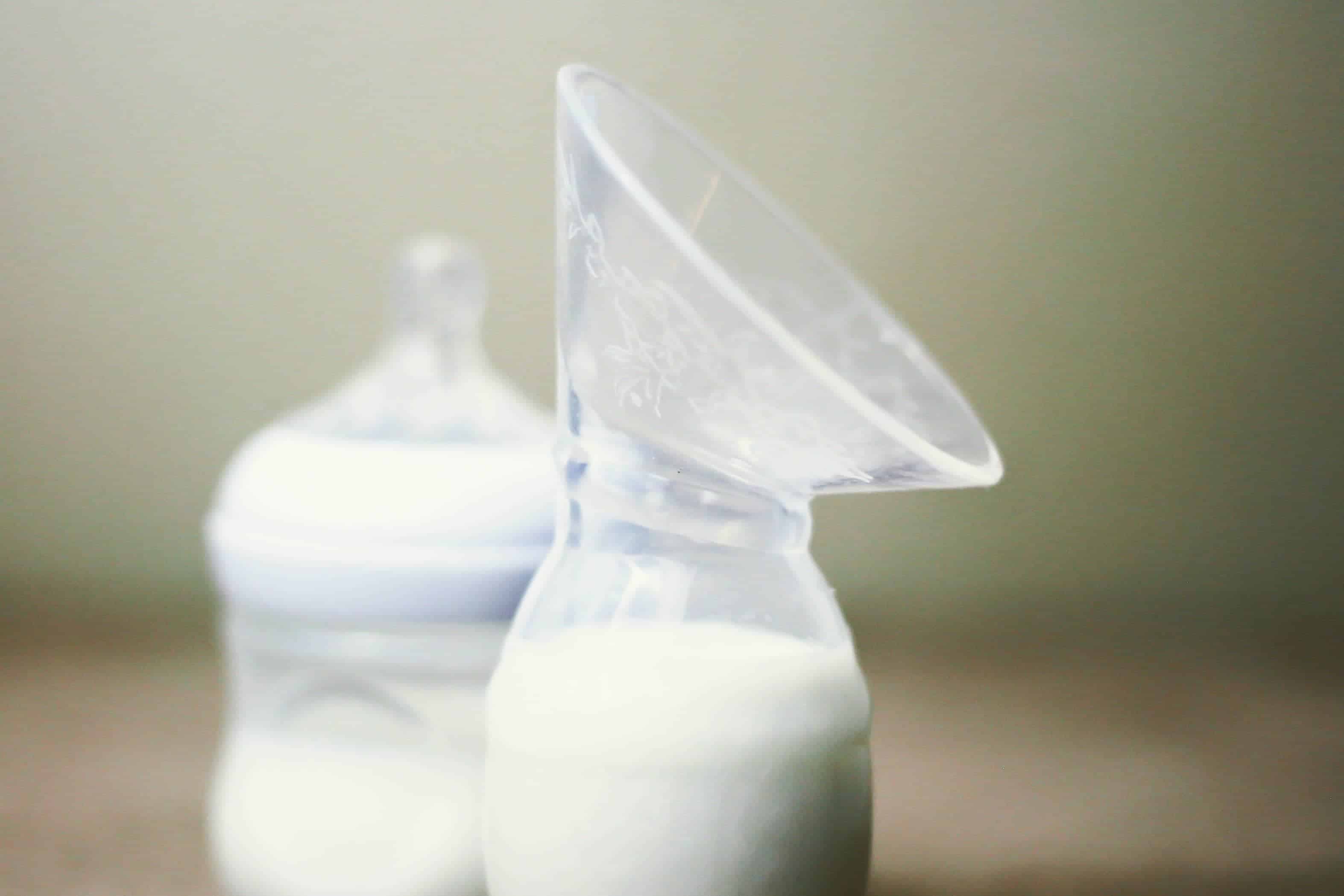
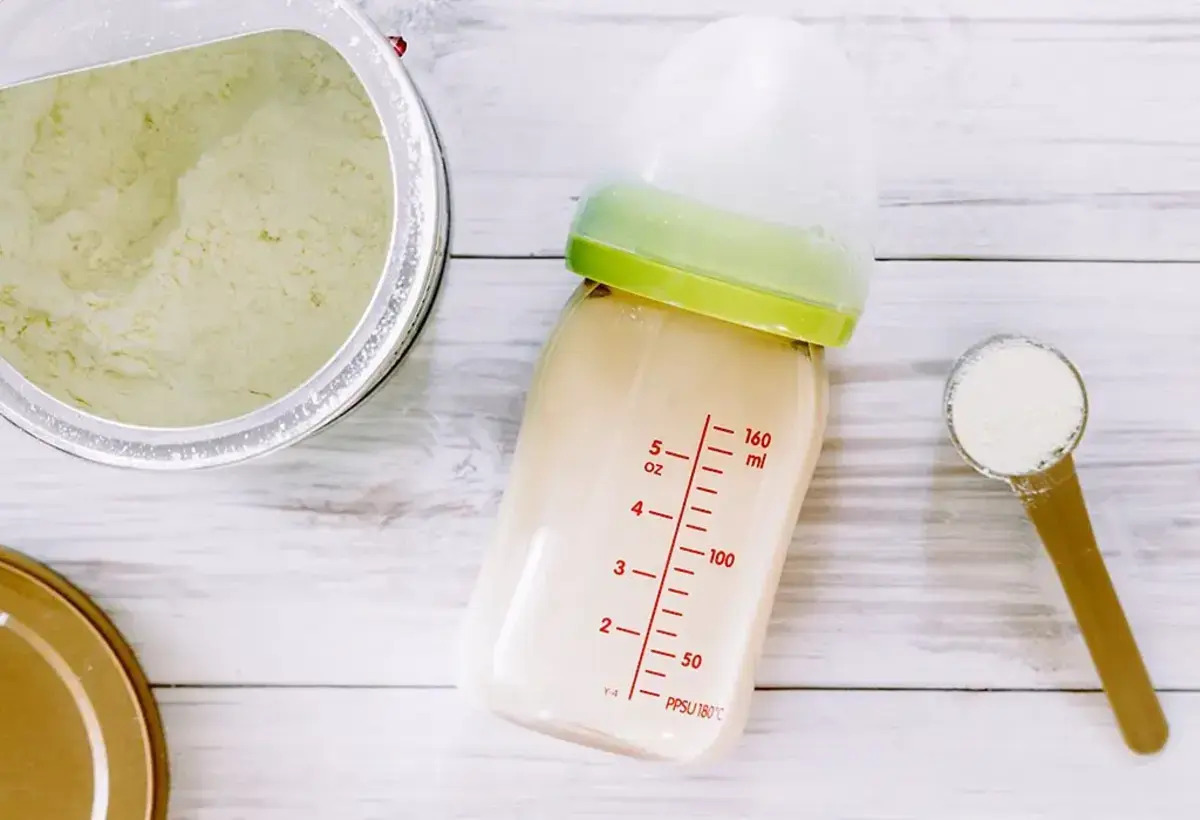
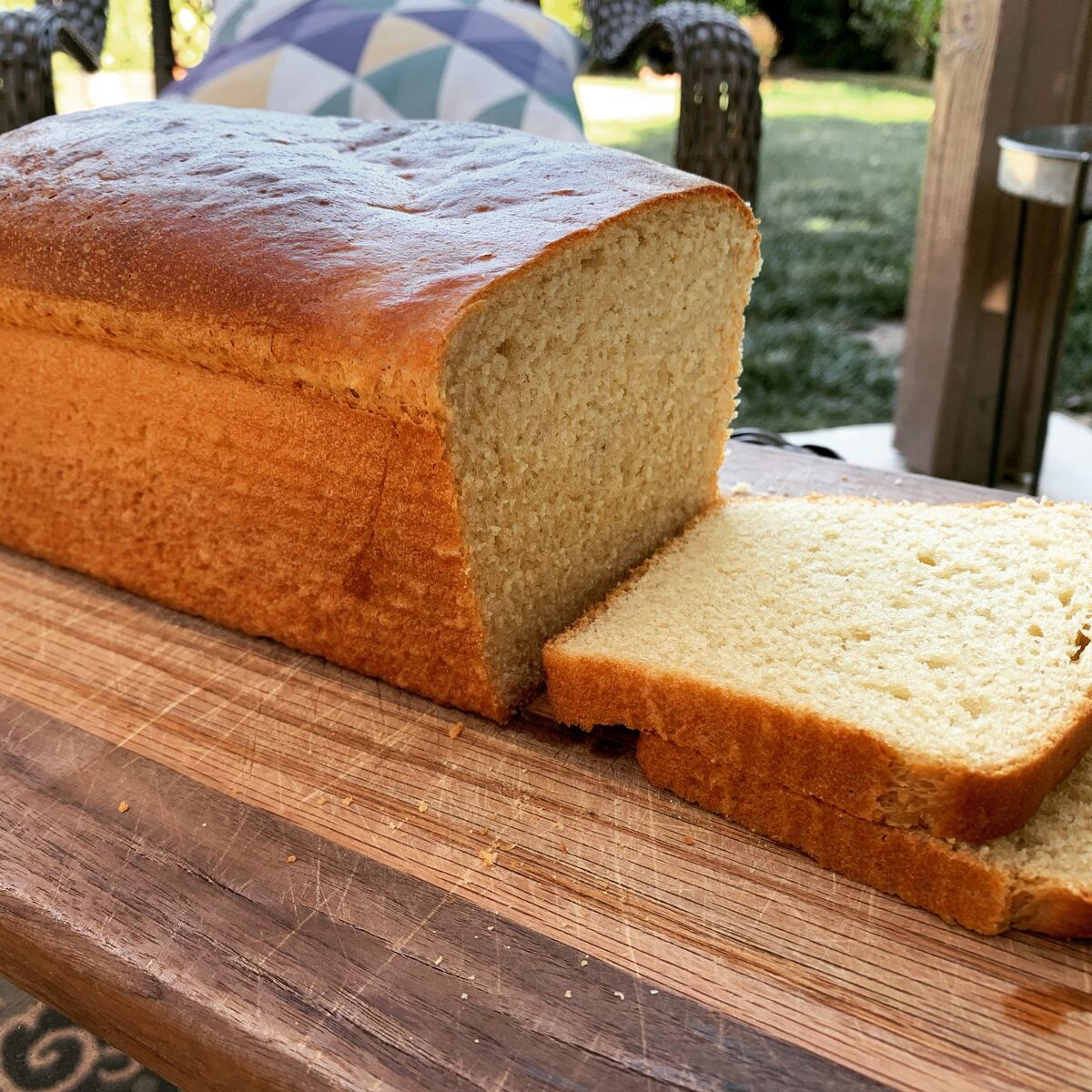
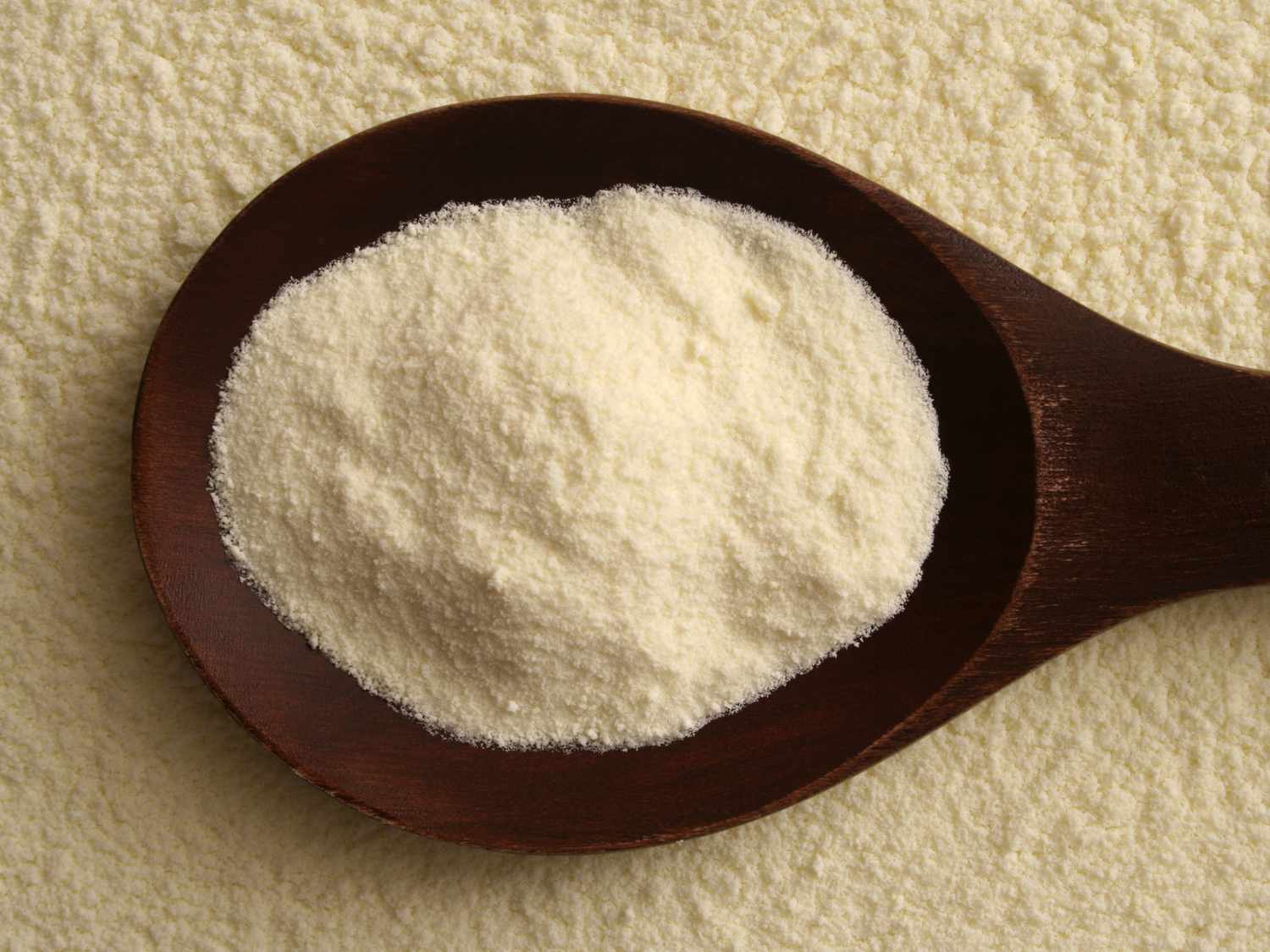
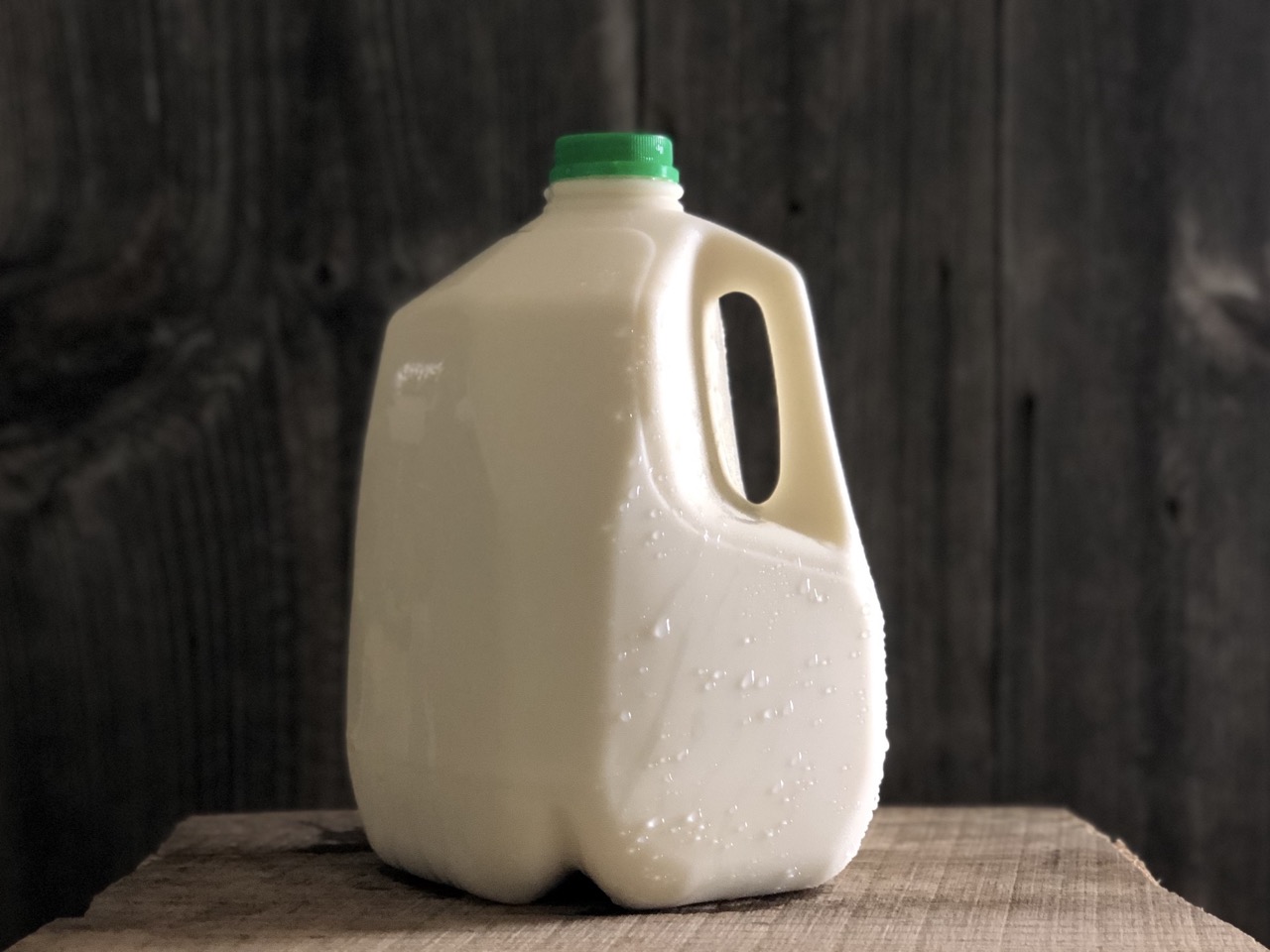
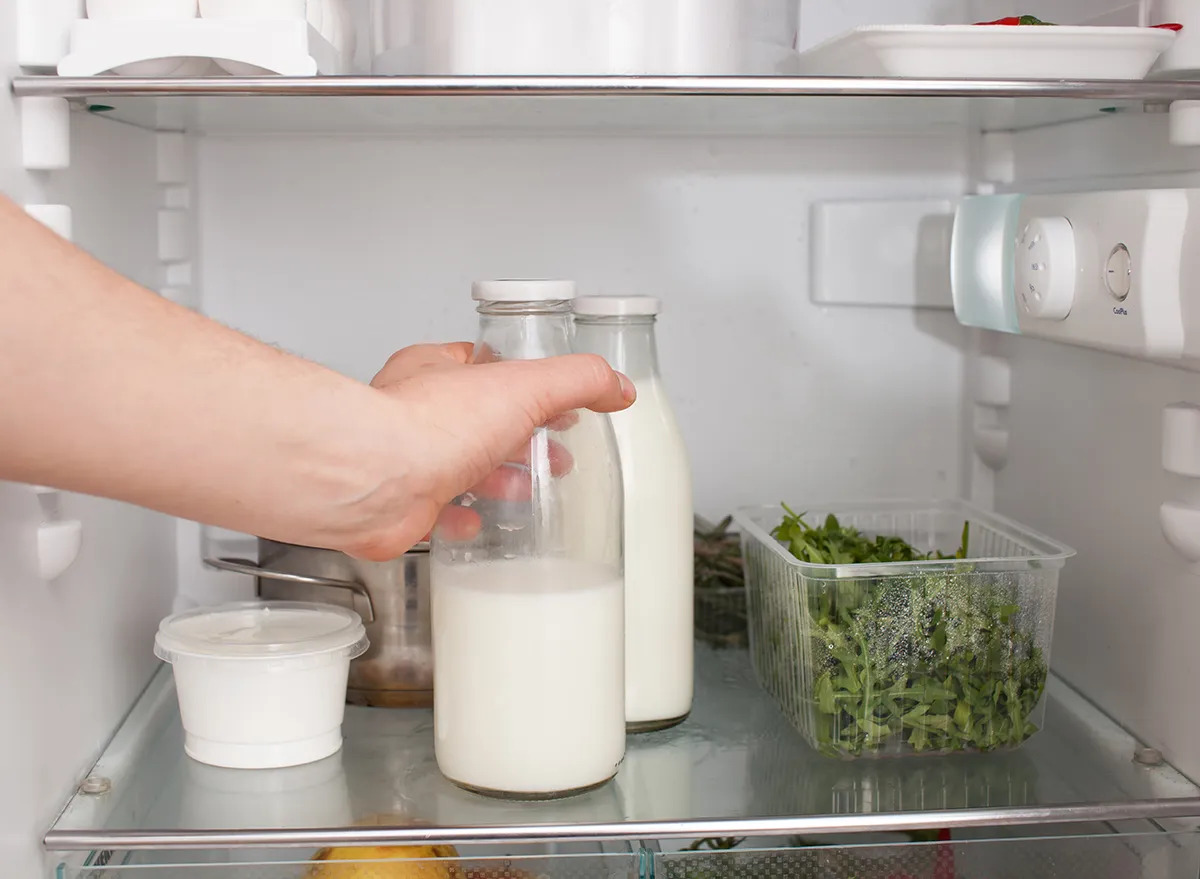
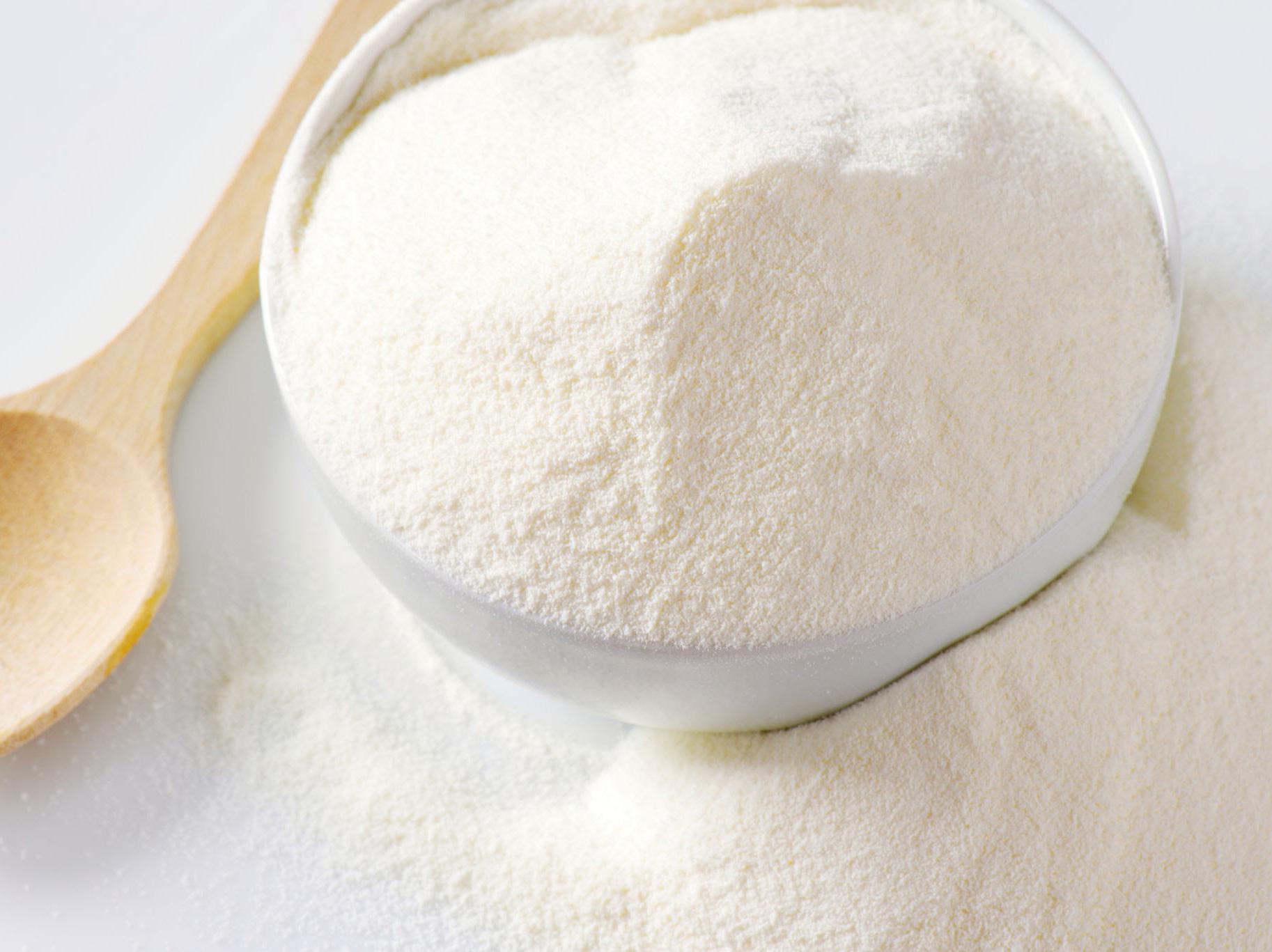
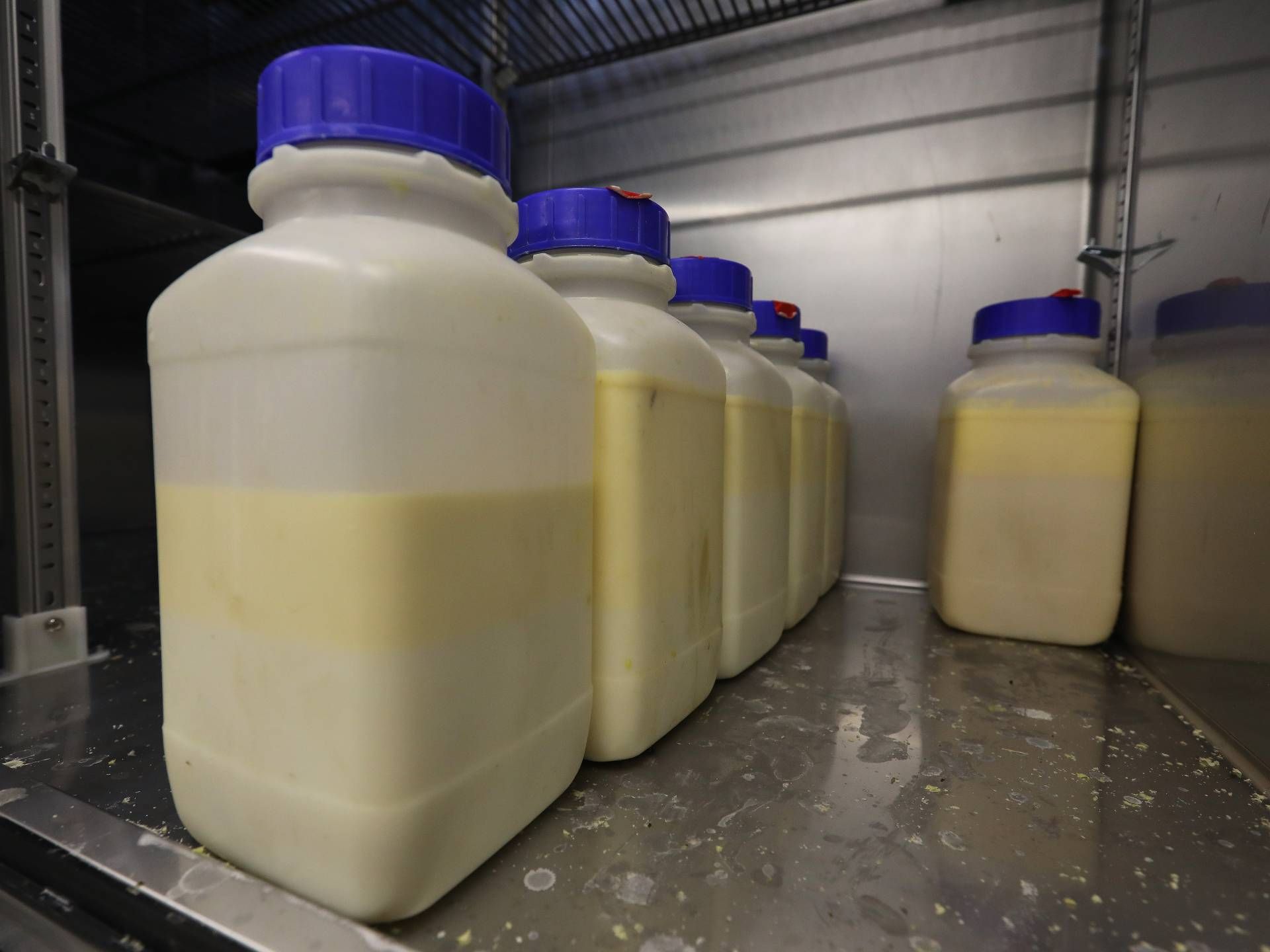
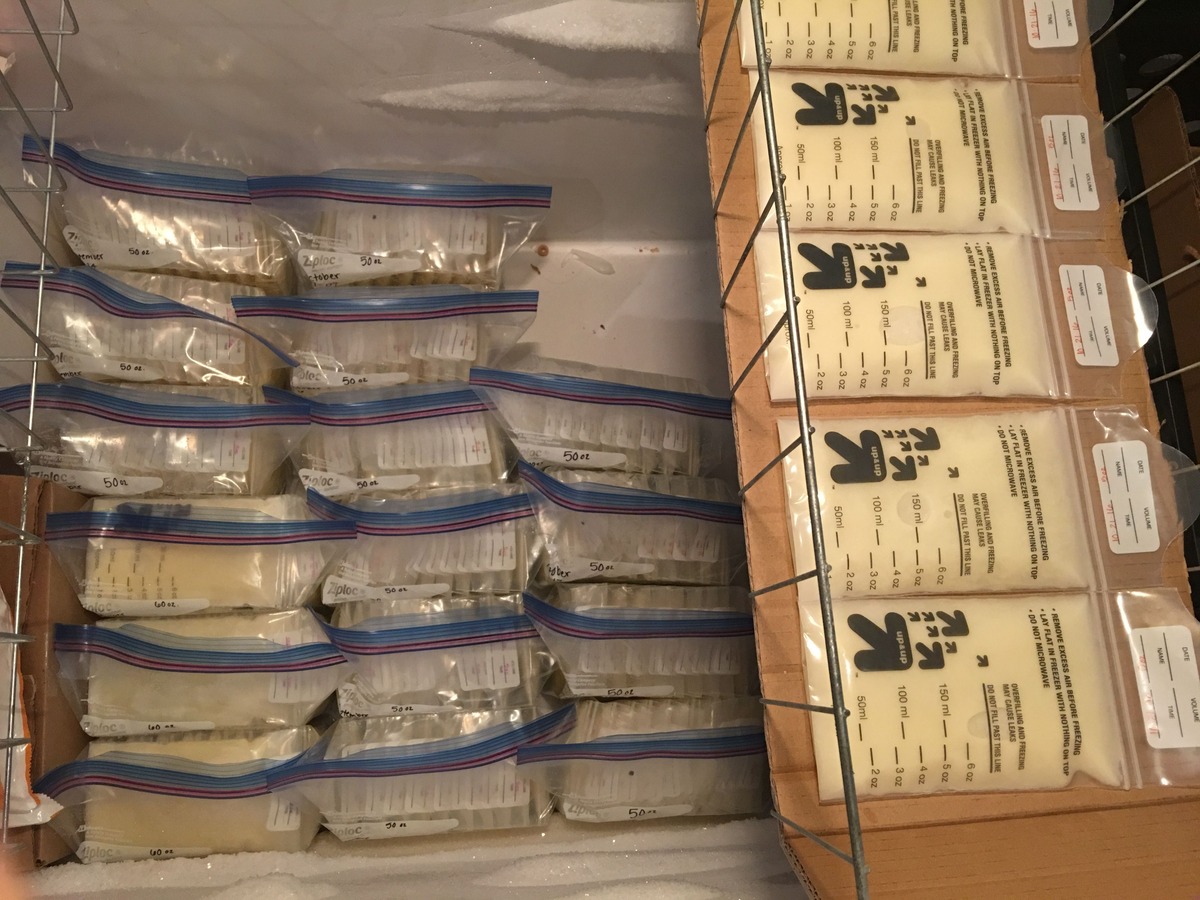
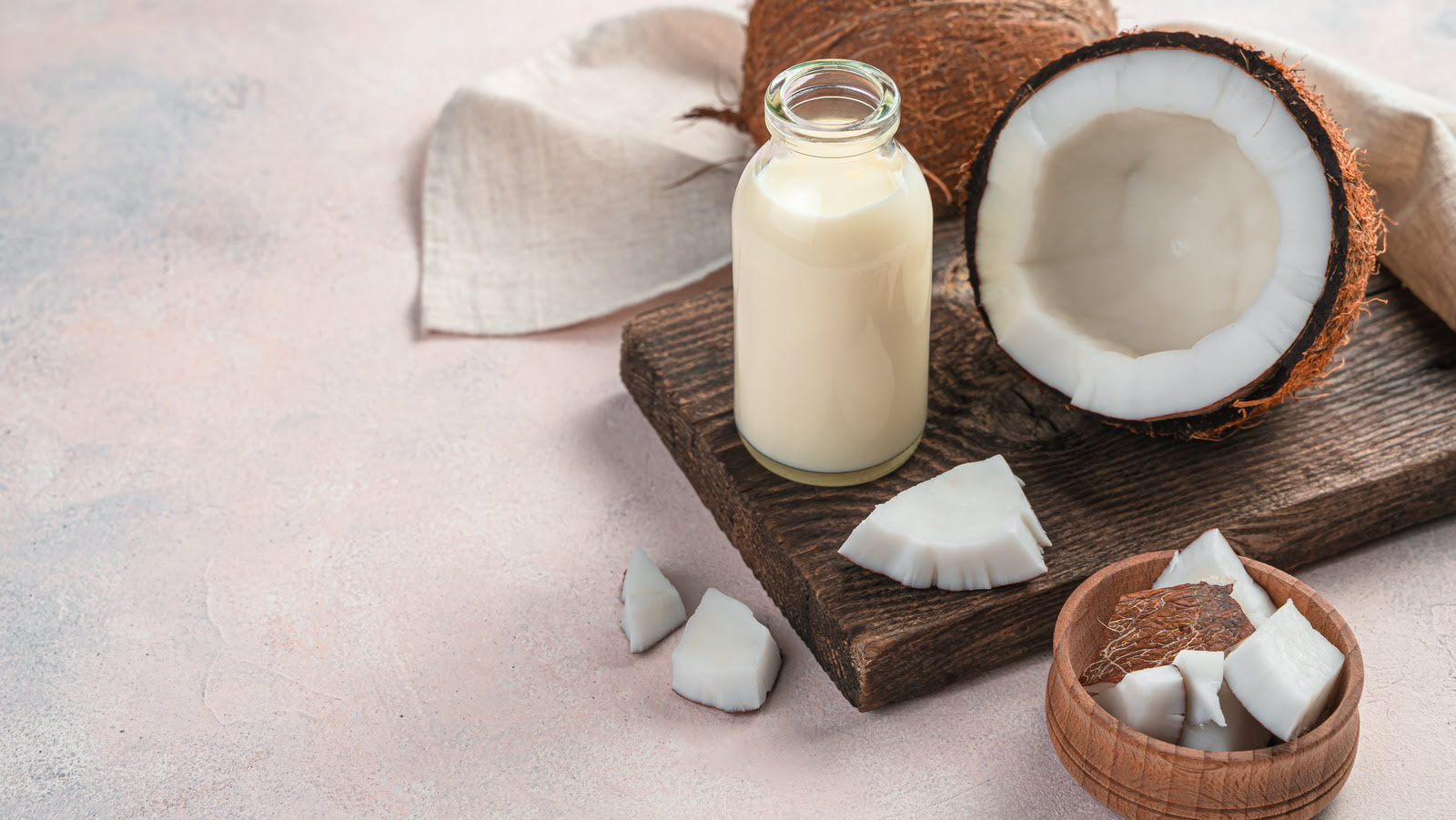
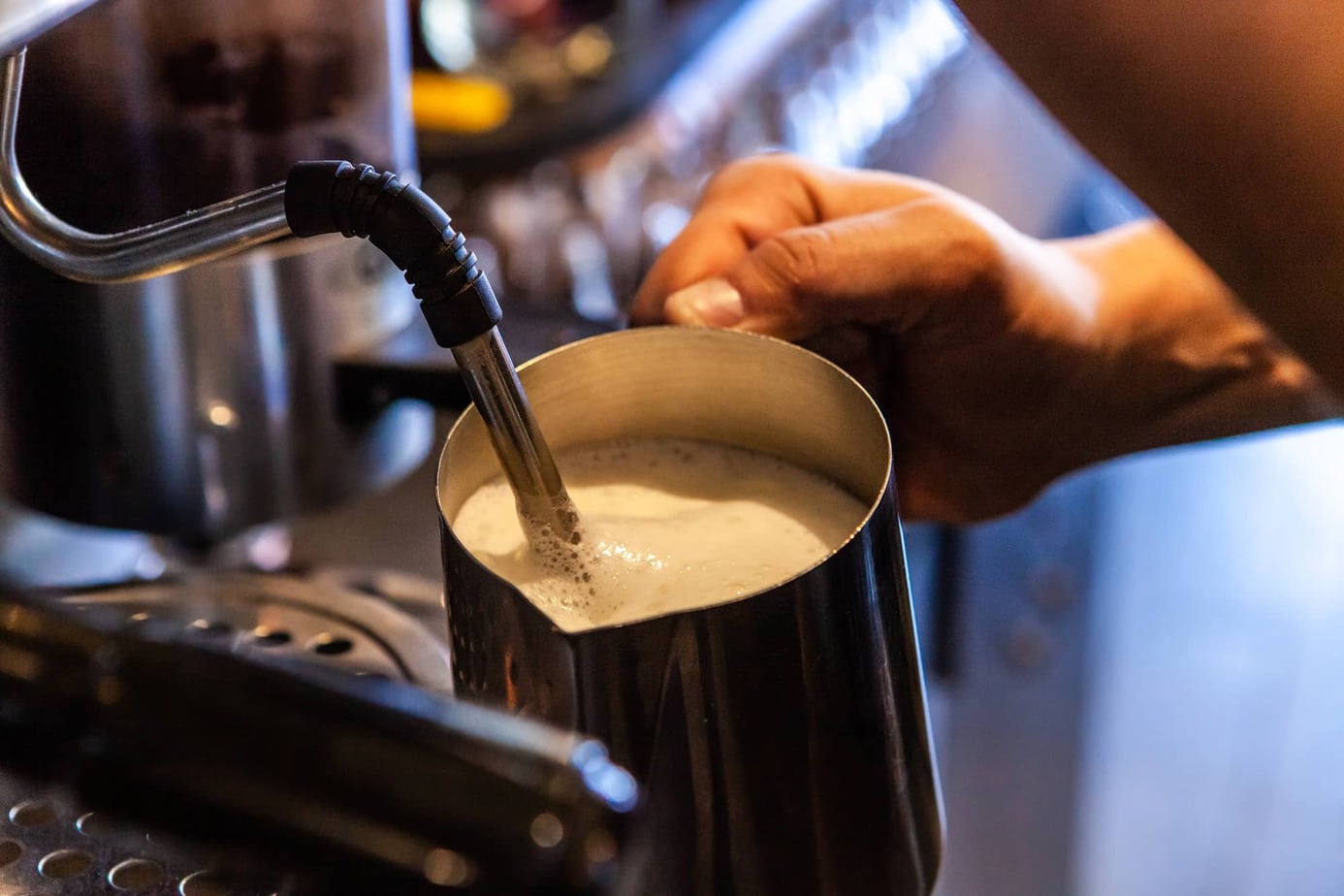

0 thoughts on “How To Store Milk From Elvie Pump”